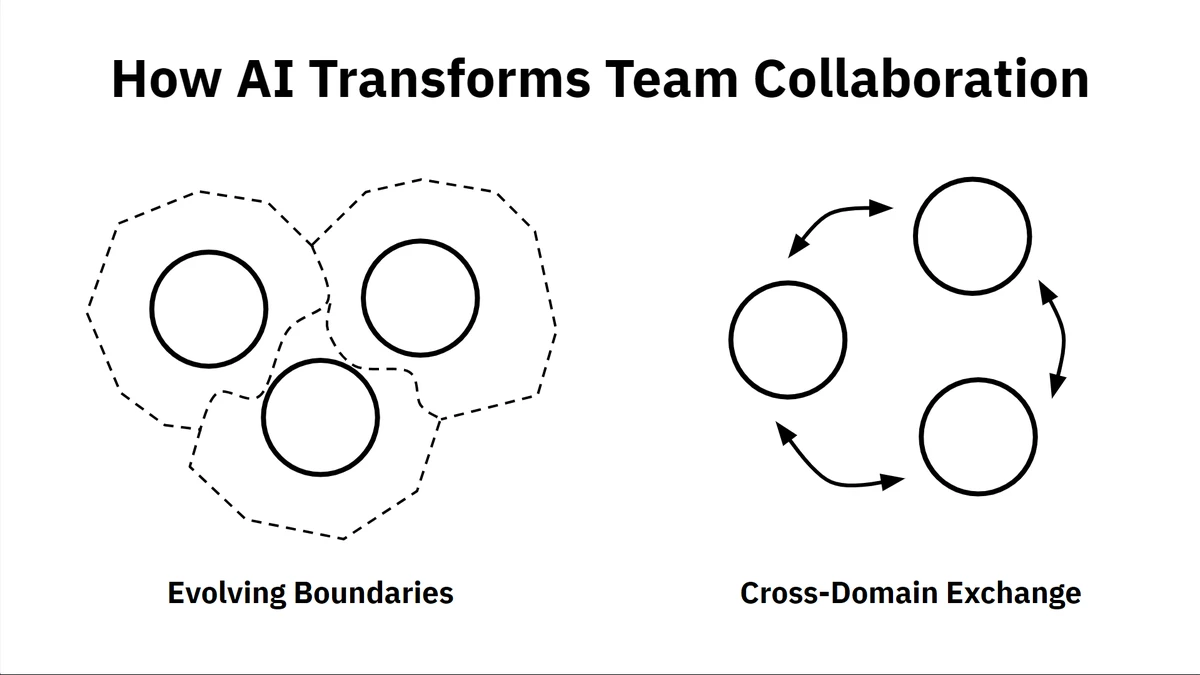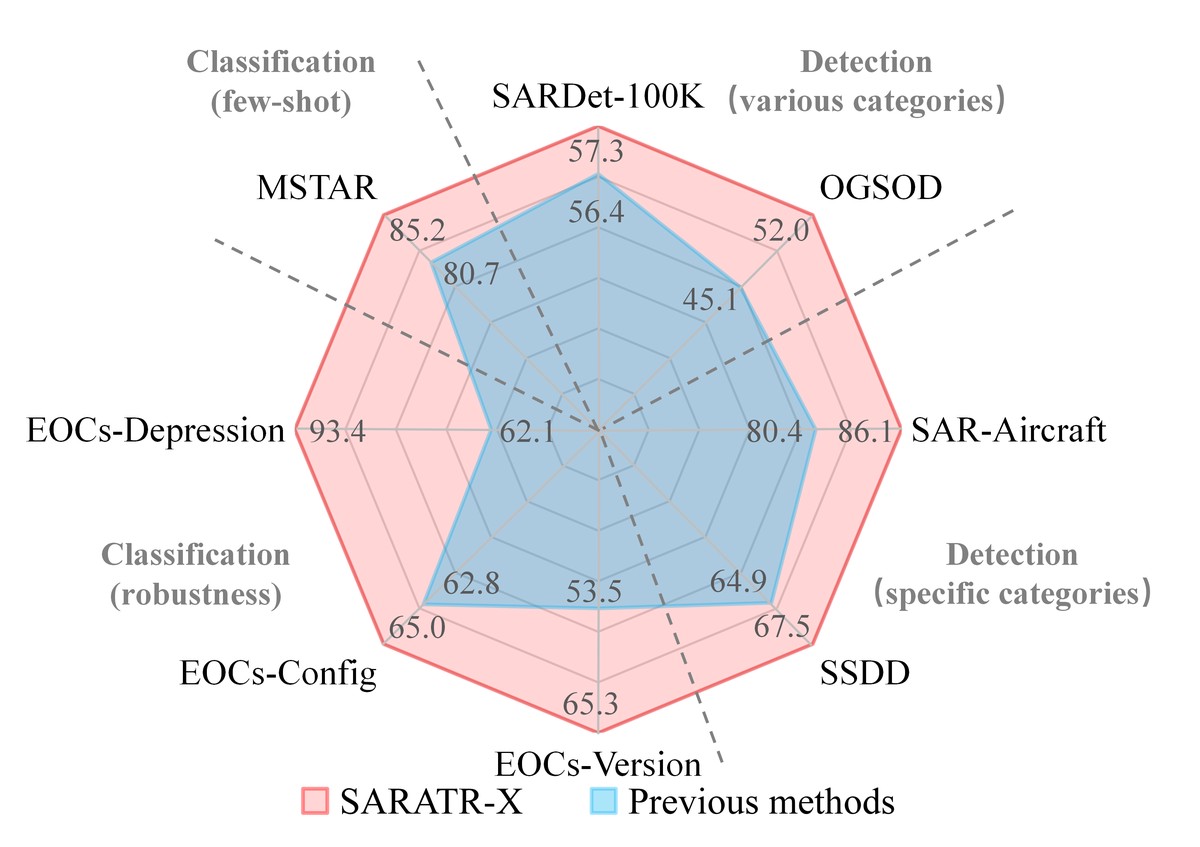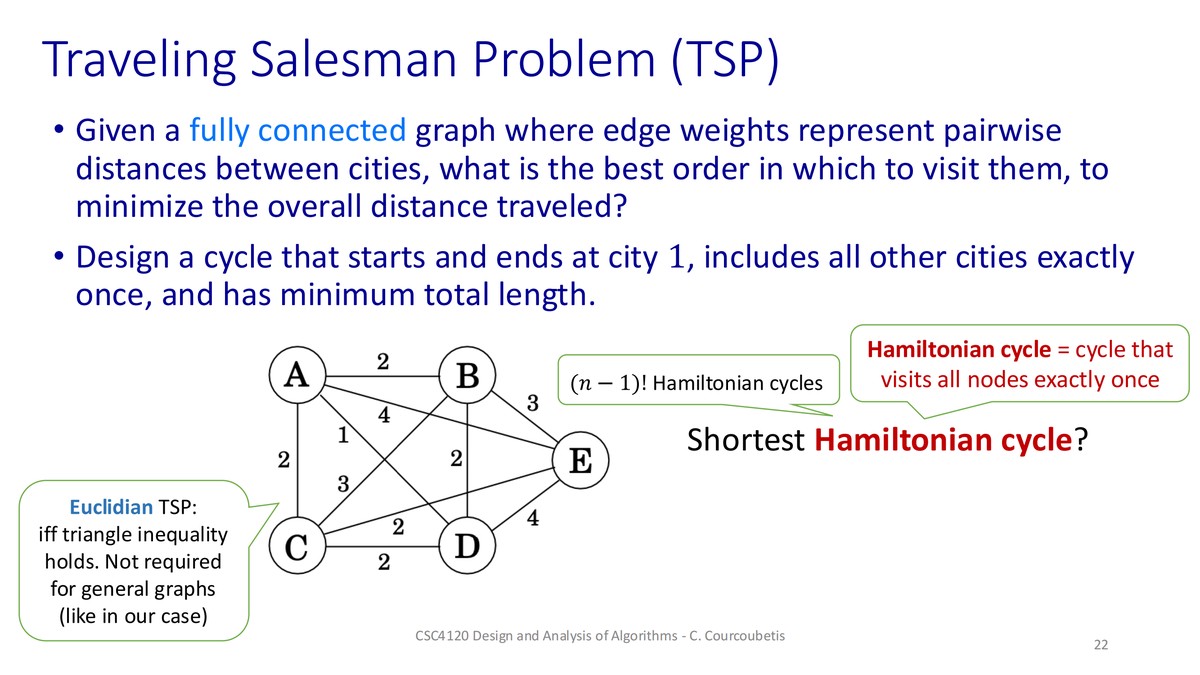========================================================================
Spread trading has long been a favored strategy among quantitative traders, hedge funds, and proprietary trading desks. With the rise of algorithmic trading, the question of how to implement spread trading algorithms has become a crucial focus for both beginners and advanced market participants. This comprehensive guide will cover core principles, algorithm design techniques, case studies, optimization methods, and FAQs. By the end, you’ll have a roadmap to build, test, and deploy spread trading algorithms with confidence.

Understanding Spread Trading in Algorithmic Context
Spread trading is a strategy that involves taking simultaneous long and short positions in two correlated assets. The idea is to profit from relative mispricings rather than outright price direction.
Key Components of Spread Trading
- Pairs or Baskets: Instruments selected based on correlation or cointegration.
- Spread Definition: Difference (linear or weighted) between asset prices.
- Entry/Exit Signals: Triggered when spread deviates from or reverts to equilibrium.
- Risk Management: Controlling position sizing, volatility, and execution risk.
For algorithmic implementation, the challenge is to translate these principles into code, ensuring real-time execution, dynamic risk control, and adaptability to changing market conditions.

Step-by-Step Process: How to Implement Spread Trading Algorithms
1. Data Collection and Preprocessing
The first step is acquiring high-quality tick or bar data for candidate pairs. Data must be synchronized to ensure spreads are computed accurately.
- Sources: Market data providers (Bloomberg, Refinitiv, Quandl, Polygon).
- Cleaning: Handling missing ticks, aligning timestamps, normalizing prices.
- Storage: Using databases like PostgreSQL, InfluxDB, or time-series optimized formats.
2. Identifying Tradeable Spreads
To construct spreads, traders often test for correlation and cointegration.
- Correlation Analysis: Measures linear relationship but is not always stable.
- Cointegration Tests (Engle-Granger, Johansen): Determine if a stationary spread exists.
- Volatility-Adjusted Spreads: Normalize by ATR (Average True Range) or z-scores.
Example of cointegration-based spread analysis
3. Signal Generation
Two primary approaches dominate spread trading signals:
a. Mean Reversion (Statistical Arbitrage)
- Entry: When spread deviates beyond a z-score threshold (e.g., ±2σ).
- Exit: When spread reverts to mean or hits stop-loss.
- Advantage: Simple to code, historically effective in equities/futures.
- Drawback: Can fail in regime shifts where spreads break down.
b. Machine Learning-Enhanced Signals
- Using ML to predict spread direction (e.g., random forests, XGBoost).
- Features include lagged spreads, volume imbalance, volatility shifts.
- Advantage: Adaptive and can capture nonlinear patterns.
- Drawback: Risk of overfitting, requires robust validation.
4. Execution Layer
Once signals are ready, algorithms must translate them into trades.
- Order Sizing: Based on volatility parity or capital allocation rules.
- Execution Algorithms: TWAP, VWAP, or smart order routing to minimize slippage.
- Latency Considerations: Lower latency can reduce arbitrage risks.
5. Risk Management
Spread trading algorithms must account for both systematic risk (market shocks) and idiosyncratic risk (spread breakdowns).
- Stop Losses: Hard stops when spread exceeds statistical limits.
- Hedging: Using correlated ETFs or futures for broader market exposure.
- Dynamic Rebalancing: Adjust hedge ratios over time as relationships evolve.
Comparing Two Strategies: Statistical vs. Machine Learning Spread Trading
Statistical Arbitrage Approach
Pros:
- Transparent and interpretable.
- Well-established in academic literature.
- Lower computational requirements.
- Transparent and interpretable.
Cons:
- Vulnerable to regime changes.
- Limited adaptability.
- Vulnerable to regime changes.
Machine Learning Spread Algorithms
Pros:
- Adaptive to nonlinear and nonstationary environments.
- Can incorporate alternative data (news, sentiment, macro indicators).
- Adaptive to nonlinear and nonstationary environments.
Cons:
- High risk of overfitting.
- Requires substantial computing and feature engineering.
- High risk of overfitting.
Recommendation: For beginners, start with statistical arbitrage due to simplicity and clarity. Experienced traders can layer ML-enhanced signals to optimize execution and adaptability.
Workflow of spread trading algorithm implementation
Advanced Considerations in Spread Trading Algorithm Design
Backtesting and Validation
- Use walk-forward testing rather than static backtests.
- Include transaction costs and slippage in models.
- Stress test under volatility spikes (e.g., 2008, COVID-19).
Portfolio-Level Spread Trading
Instead of single pairs, many funds trade baskets of spreads. Portfolio optimization tools (Markowitz, Black-Litterman) can be adapted for spreads.
Integration with Quant Platforms
If you’re learning how to analyze spread trading opportunities, platforms like QuantConnect, MetaTrader, or custom Python pipelines provide built-in support for time-series and pairs trading strategies.
Real-World Applications of Spread Trading Algorithms
- Equity Pairs: Long Coca-Cola, short Pepsi.
- Futures Spreads: Long crude oil, short heating oil (crack spread).
- Cross-Asset: Long Treasury futures, short Eurodollar futures.
- Crypto: Long BTC, short ETH to capture basis mispricing.
In practice, these strategies rely on the same principles but differ in liquidity, volatility, and market structure.
FAQ: Spread Trading Algorithm Implementation
1. What coding languages are best for spread trading algorithms?
Python is the most popular due to its libraries (pandas, NumPy, statsmodels). C++ or Rust may be preferred for high-frequency execution. MATLAB and R are used in research and prototyping.
2. How much capital do I need to run spread trading algorithms?
It depends on the instruments. Equity pairs may require $25,000+ due to margin rules in the U.S. Futures and crypto spreads can be traded with smaller capital, but liquidity constraints must be considered.
3. Can spread trading algorithms be automated end-to-end?
Yes. From data ingestion to execution, algorithms can operate autonomously. However, human oversight is critical for monitoring unusual events, structural breaks, and risk management.
Conclusion: Building Profitable Spread Trading Algorithms
Learning how to implement spread trading algorithms is both a technical and strategic challenge. Starting with statistical arbitrage provides a strong foundation, while machine learning-based strategies offer additional adaptability. By combining rigorous backtesting, dynamic risk management, and thoughtful execution, traders can build robust spread trading systems.
If you want to go deeper, explore topics like spread trading for risk management and spread trading strategy optimization, which help refine strategies further.

Share Your Thoughts
Have you experimented with spread trading algorithms? Which approach—statistical or machine learning—do you prefer? Share your experiences in the comments and pass this article along to colleagues who may benefit from advanced trading insights.

0 Comments
Leave a Comment